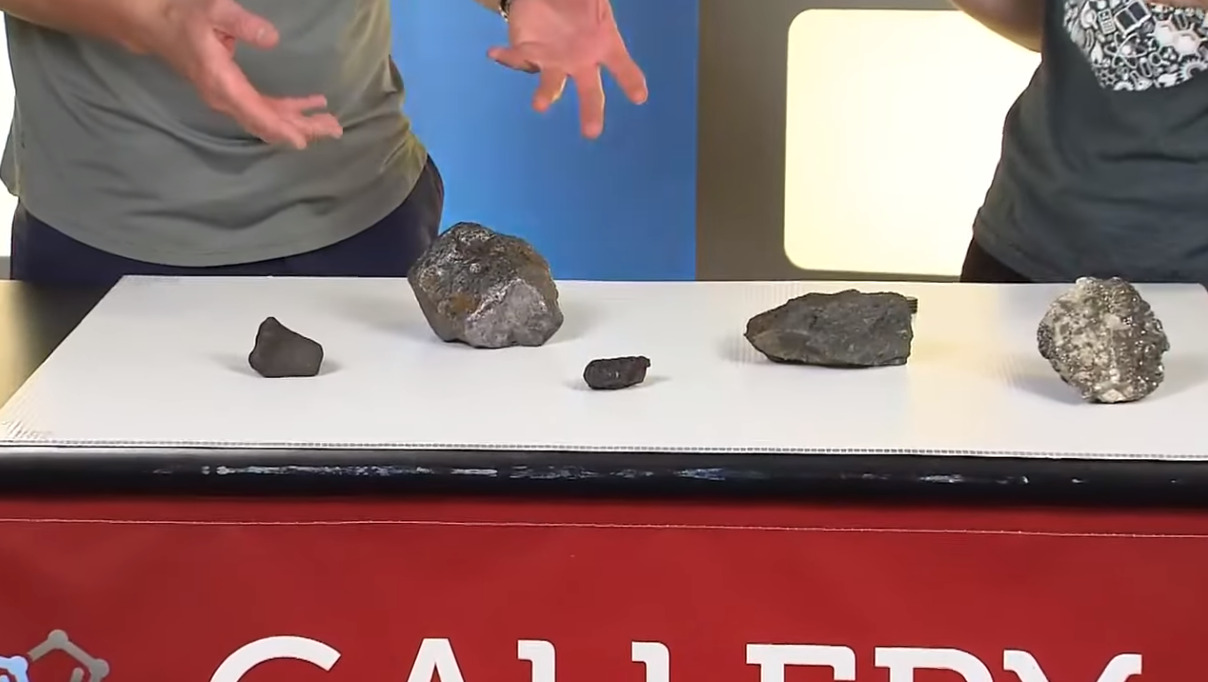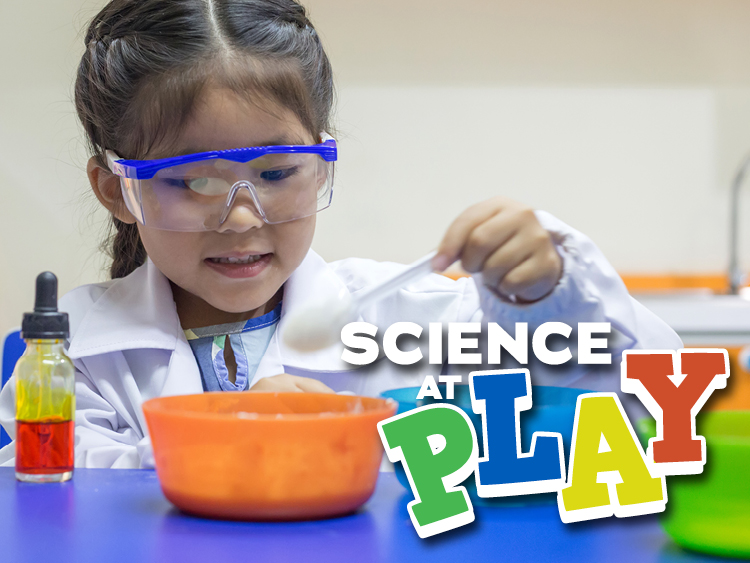Happy New Year! This New Year’s Eve is probably going to look different for a lot of us, but there are still a lot of fun ways you can celebrate at home. What is a New Year’s celebration with out confetti launchers? Plus, it is so much more fun when you make the launchers yourself with recycled materials. Keep watching to learn just how to do it, and the science behind how it works.
Materials to Collect
- Balloons
- Toilet paper rolls
- Scissors
- Confetti paper
Try it!
- Using your scissors start by cutting off the neck of the balloon
- Next take the balloon and stretch it over one end of the toilet paper roll, making sure to leave some excess hanging off the end.
- Fill the other end of the toilet paper roll with confetti paper to the top
- Using both hands point the opened end of the launcher away from your face and pull back the balloon and release.
What is the Science?
You may be asking yourself, what is the science behind this colorful explosion? Well, it is created by using energy. Energy is defined as the ability to do work, merely meaning how things move and work. Energy can be made in several different ways, but our confetti launcher uses only potential and kinetic energy. Potential energy is the energy that is stored for later use. Kinetic energy is the energy that an object has as it is moving.
As you pull back on the balloon, you are creating potential energy. The further back you pull back on the balloon, the more potential energy you produce. Once you let go of the balloon, you convert that potential energy into kinetic energy. That balloon now has its own kinetic force that allows it to push the confetti paper out of the launcher.
Ask Your Young Scientists
What would happen if we used a different size balloon or paper towel roll?
What other ways could we create energy to shoot confetti out of a launcher?
More to Explore
Connecticut Science Center- Down to a Science Blog: Rube-goldberg-machines
Steve Spangler Science: Experiments exploring energy
This content was made possible in part by the Institute of Museum and Library Services.
How are you celebrating the new year this year? Share your pictures and videos with us on social media by tagging @CTScienceCenter and using the #ScienceAtPlay.

Nick Villagra is a STEM Educator at the Connecticut Science Center, responsible for developing and delivering science experiences, including classroom lab programs, stage shows, and vacation camps. Nick holds a Bachelor’s of Science in Engineering from Swarthmore College. and has been a speaker at the New England Museum Association conference. Always looking to put a unique stamp on the Science Center’s offerings, Nick enjoys incorporating custom-designed 3D printed materials for students to interact with.
 Justin Riley is the Teen Programs Coordinator and STEM Educator at the Connecticut Science Center, where he works closely with high school students giving them access to STEM and leadership programming. Justin graduated from the University of Hartford with his Bachelors in Electrical Engineering Technology and a Masters degree in Counselor Education and Student Development. Justin has worked several years with a wide range of students from pre-k to college. His love of engineering and mentoring led him to the Connecticut Science Center where he gets to use his many talents to work and connect with the students in the Greater Hartford area. When he is not helping to run the teen program, he spends his time traveling and spending close time with family and friends.
Justin Riley is the Teen Programs Coordinator and STEM Educator at the Connecticut Science Center, where he works closely with high school students giving them access to STEM and leadership programming. Justin graduated from the University of Hartford with his Bachelors in Electrical Engineering Technology and a Masters degree in Counselor Education and Student Development. Justin has worked several years with a wide range of students from pre-k to college. His love of engineering and mentoring led him to the Connecticut Science Center where he gets to use his many talents to work and connect with the students in the Greater Hartford area. When he is not helping to run the teen program, he spends his time traveling and spending close time with family and friends.



